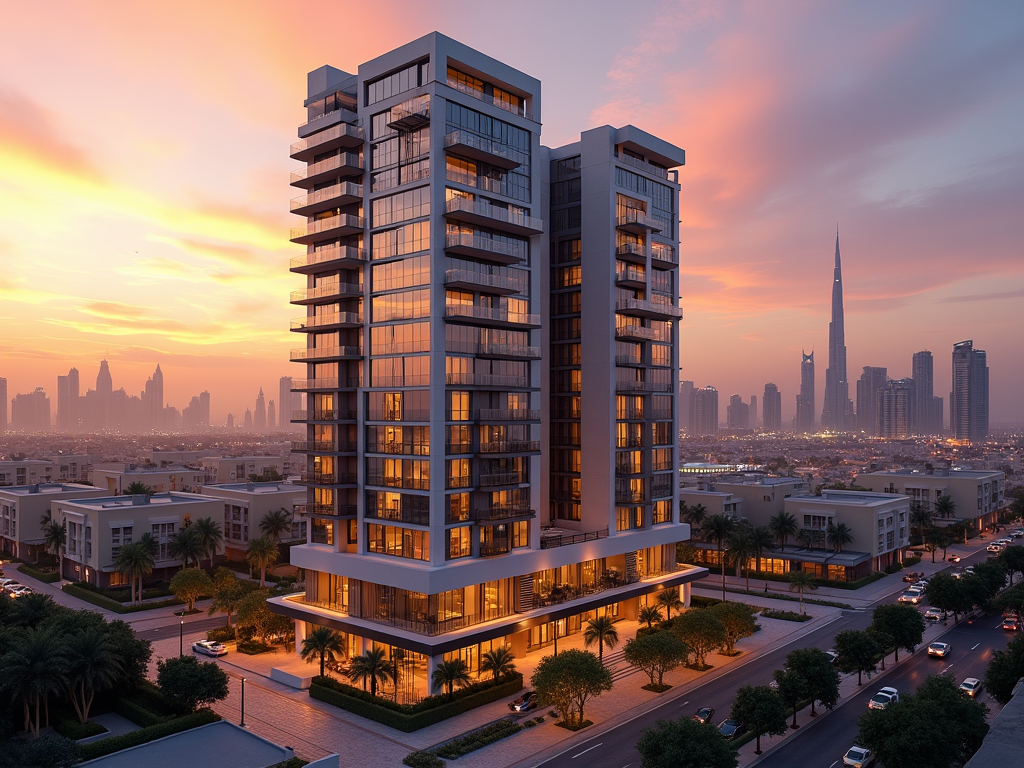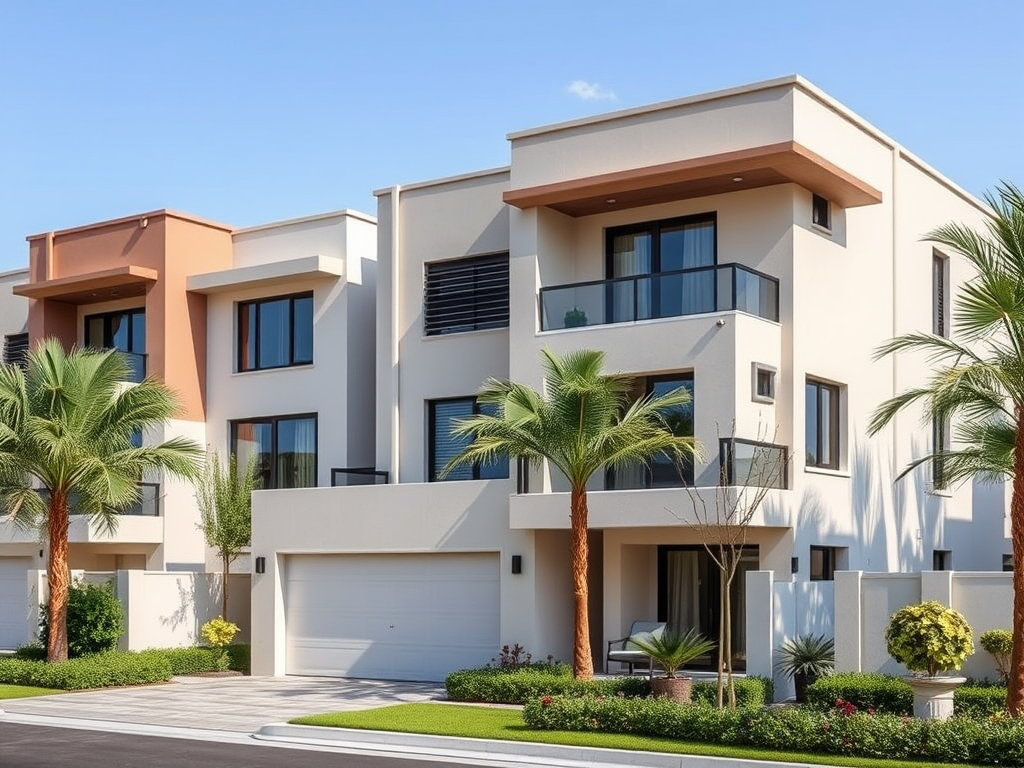Dubai’s skyline is a mesmerizing blend of innovation, luxury, and architectural marvels, largely shaped by its prolific real estate developers. These visionaries have transformed the city’s landscape into a symbol of ambition, attracting global attention and investment. By introducing iconic structures and holistic urban planning, they have played a pivotal role in establishing Dubai as a leading cosmopolitan hub. This article explores how Dubai’s real estate developers have influenced the city’s skyline, the architectural trends they embrace, and how their projects contribute to Dubai’s identity.
Transformative Projects that Redefined Dubai

Dubai’s real estate developers have successfully executed several transformative projects that have become landmarks in the city. These developments reflect the ambition to push boundaries and redefine urban living. Some of these remarkable projects include:
- Burj Khalifa: The tallest building in the world, symbolizes the epitome of luxury and engineering excellence.
- The Palm Jumeirah: An artificial archipelago, showcasing innovative land reclamation and luxury living.
- Dubai Marina: A modern residential area that combines skyscrapers, waterfront views, and leisure activities.
- Dubai Mall: One of the largest shopping malls globally, highlighting the blend of retail and entertainment.
- Dubai Design District: A hub for creativity and innovation, aimed at attracting artists, designers, and tech enthusiasts.
These projects exemplify how developers are not only creating buildings but are also constructing experiences that resonate with residents and tourists alike.
Sustainable Development Practices

In recent years, sustainability has emerged as a crucial focus for Dubai’s real estate developers. As the city strives to balance growth with environmental considerations, developers are adopting sustainable practices that minimize ecological impact. Key aspects include:
- Energy Efficiency: Incorporating smart technologies and energy-efficient systems in buildings to reduce consumption.
- Green Spaces: Designing projects with parks and natural landscapes that enhance the quality of life.
- Renewable Energy: Utilizing solar panels and sustainable materials to promote eco-friendly living.
- Water Conservation: Implementing smart irrigation systems to manage water resources effectively.
By embracing these practices, developers are not only enhancing the city’s appeal but are also contributing to a more sustainable urban environment.
The real estate sector is a significant driver of Dubai’s economy. Developers contribute to job creation, increased tourism, and foreign investment. Their impact can be seen across various facets of the economy, including:
- Employment Opportunities: Real estate projects generate thousands of jobs in construction, management, and services.
- Tourism Growth: Iconic developments draw tourists, boosting local businesses and hospitality sectors.
- Foreign Direct Investment: High-profile projects attract international investors, strengthening Dubai’s market position.
- Urban Development: Comprehensive planning initiatives improve infrastructure and public services.
- Real Estate Value Appreciation: Successful projects increase property values and wealth creation for residents.
The ripple effect of real estate development extends beyond immediate financial gains, shaping the economic landscape of Dubai for the future.
Cultural Influence on Urban Design
Dubai’s real estate developers also play a significant role in reflecting the city’s culture and heritage through their projects. Architectural designs often exhibit a unique blend of modernity and tradition that resonates with both residents and visitors. This cultural influence manifests in various ways:
- Innovative Architecture: Designs that incorporate traditional Arabian motifs alongside contemporary elements.
- Mixed-Use Developments: Creating vibrant communities that encourage social interaction and cultural exchange.
- Public Art Installations: Incorporating art into developments to enhance the aesthetic and cultural experience.
- Community Spaces: Designing areas for events, gatherings, and cultural festivities to strengthen community ties.
Through these elements, developers contribute not only to the physical landscape of Dubai but also to its identity and cultural legacy.
Conclusion
The role of real estate developers in shaping Dubai’s skyline cannot be overstated. Through innovative projects, sustainable practices, and economic contributions, they have transformed the city into a global leader in urban development. By balancing modernity with cultural heritage, these developers ensure that Dubai’s skyline remains adaptable to future trends while staying rooted in its unique identity. As Dubai continues to grow and evolve, the influence of its real estate developers will remain a vital force in redefining urban living.
Frequently Asked Questions
1. What are the most iconic buildings in Dubai?
The most iconic buildings include Burj Khalifa, Burj Al Arab, and the Palm Jumeirah.
2. How are Dubai’s developers addressing sustainability?
Developers are incorporating energy-efficient technologies, green building practices, and creating sustainable communities.
3. What economic benefits does real estate development bring to Dubai?
Real estate development generates jobs, attracts foreign investment, and boosts local business through increased tourism.
4. How does Dubai’s culture influence its real estate projects?
Developers blend traditional architectural elements with modern designs, creating spaces that resonate with cultural heritage.
5. What future trends can we expect in Dubai’s real estate development?
Future trends may include increased focus on smart cities, sustainable living, and mixed-use developments that prioritize community engagement.



